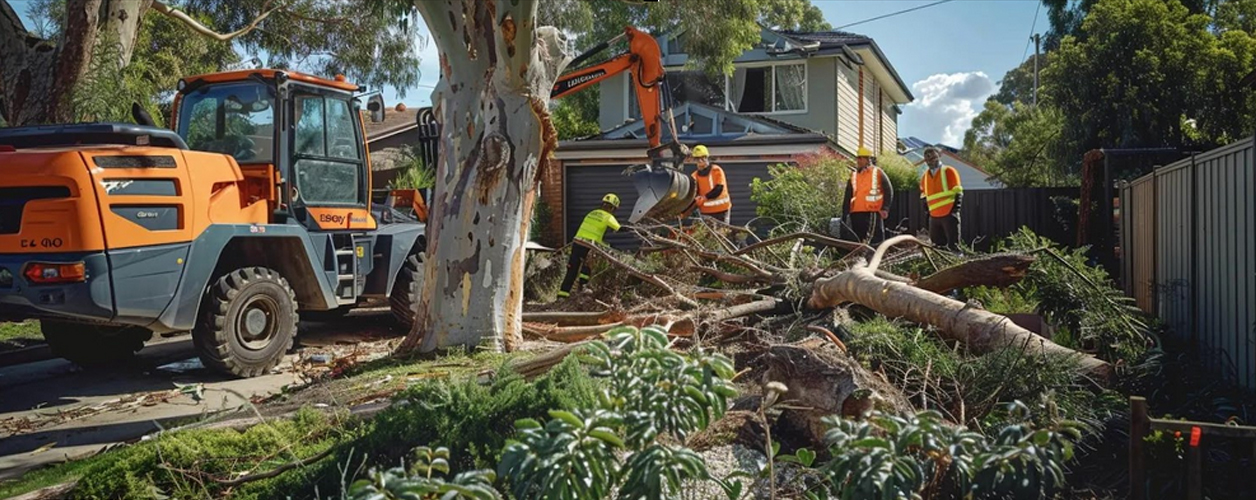Get free quotes within minutes
Arborist Services Sydney: Expert Tree Care, Removal, and Maintenance Solutions
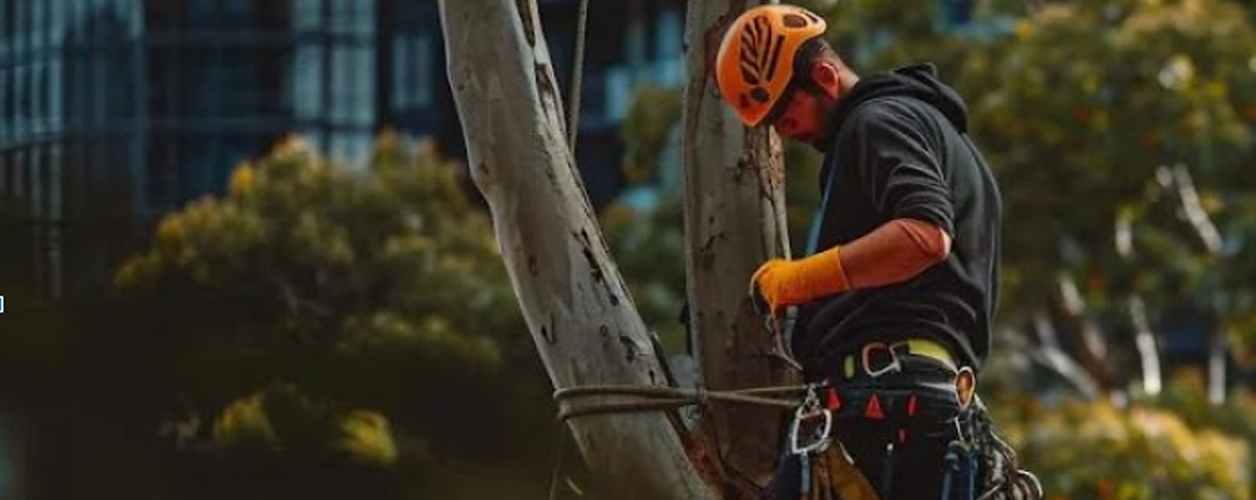
Table Of Content
- Introduction
- What Are Arborist Services and Why Are They Essential in Sydney?
- How Much Do Arborist Services Cost in Sydney?
- What Are the Key Arborist Services Offered in Sydney?
- Do You Need a Permit for Tree Removal in Sydney?
- How Can You Identify and Treat Tree Diseases in Sydney?
- Why Is Sustainable Tree Care Important for Sydney’s Environment?
- How to Choose the Best Arborist Services in Sydney?
- Final Thoughts
- FAQs
Sydney’s mature trees enhance the city’s appeal and environment, yet require expert care to remain safe and vibrant. Professional arborist services offer certified expertise in pruning, removal, disease diagnosis, and risk assessment to help trees thrive and support urban sustainability. As urban development expands, homeowners, businesses, and councils are increasingly turning to these experts to maintain tree health, prevent hazards, and promote environmental stewardship.
For further guidance, please contact a professional arborist in Sydney for more detailed assistance. This article explains what arborist services are, why they are essential in Sydney, and outlines their key offerings, including costs, permits, disease treatment, sustainable practices, and tips for selecting the best service.
What Are Arborist Services and Why Are They Essential in Sydney?
Arborist services cover a range of specialised tree care practices provided by certified professionals. In Sydney, these services are vital due to the unique climate, diverse urban landscape, and stringent environmental regulations.
Arborists manage tasks such as pruning, removal, trimming, pest control, and hazard assessment to ensure trees do not pose risks to property or people. Their work supports urban biodiversity, stormwater management, and improved air quality by preventing disease spread and strengthening tree resilience against urban stresses like drought and high winds. This careful management supports sustainable urban ecosystems amid growing city density.
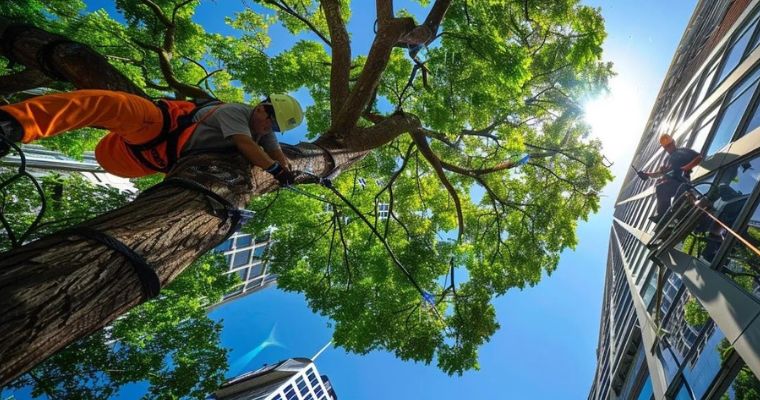
What Does an Arborist Do in Sydney?
An arborist conducts health assessments to diagnose diseases and pest infestations, prunes branches to enhance safety and aesthetics, and removes trees using specialised techniques that minimise damage. They provide emergency tree services during storms and assist property owners in navigating council regulations for permits and tree removals in Sydney. Their practices combine scientific evaluation with sustainable methods, serving as a crucial link between urban development and the natural environment.
How Do Certified Arborists Ensure Tree Health and Safety?
Certified arborists use technical expertise and diagnostic tools to inspect tree vitality, structure, and signs of disease or pests. They create tailored maintenance plans that include selective pruning, fertilisation, and pest control measures.
Safety is paramount; arborists use specialised equipment such as climbing gear and cranes, and adhere to guidelines set by organisations like the International Society of Arboriculture (ISA). This rigorous approach minimises risks and preserves the urban forest, even in challenging environmental conditions.
Why Choose Local Sydney Arborist Services?
Local arborists have in-depth knowledge of native species, soil conditions, and regional pest pressures, which allows them to offer solutions tailored to Sydney’s specific challenges. Their proximity means faster response times in emergencies, and established relationships with local councils simplify permit processes. Furthermore, local professionals are invested in community sustainability, often participating in conservation projects and offering personalised service plans that promote long-term tree health.
How Much Do Arborist Services Cost in Sydney?
Cost varies depending on the scope of work, tree size, species, and complexity of the job. Routine maintenance, such as inspections and pruning, generally falls in a lower price range, while large tree removals requiring heavy machinery can be significantly more expensive. Factors influencing pricing include the expertise required, safety measures, and any additional services like stump grinding or debris removal. Many companies offer free quotes after an on-site inspection, helping property owners compare prices based on quality and scope.
What Factors Influence Tree Removal and Pruning Costs?
Costs depend on tree size and height (which affect labour and equipment needs), tree location (with hazards such as power lines or nearby buildings increasing fees), and the general health of the tree. Diseased or damaged trees requiring immediate removal may incur higher charges due to the urgency and additional risks involved. Detailed assessments by arborists help provide accurate, situation-specific cost estimates.
How to Get a Free Quote for Arborist Services in Sydney?
Homeowners can request free consultations where arborists assess the tree’s condition, location, and required work. This is typically done through on-site visits or online forms, where information such as tree type and service needs is provided. Comparing several arborists' free quotes helps ensure competitive pricing and confirms that the services meet safety and quality requirements.
Are There Affordable Options for Emergency Tree Services?
Emergency services, needed after storms or heavy winds, generally incur higher costs due to rapid response requirements. However, many firms offer competitive rates, flexible payment options, or discounts during off-peak periods. Regular maintenance can reduce the likelihood of emergencies, thereby managing long-term costs by preventing unexpected tree damage.
What Are the Key Arborist Services Offered in Sydney?
Sydney arborist companies offer a comprehensive suite of services aimed at maintaining a healthy urban tree canopy. Key services include:
- Tree Removal: Safely eliminating dead, hazardous, or diseased trees.
- Pruning and Trimming: Enhancing tree structure and aesthetics while reducing risks.
- Stump Grinding: Removing remnants of trees post-removal for a cleaner landscape.
- Health Assessments: Conducting detailed inspections to diagnose diseases and pest issues.
- Emergency Response: Providing swift intervention during storm events.
- Tree Planting: Replacing trees to support biodiversity in urban planning efforts.
These services contribute significantly to environmental sustainability, improved air quality, property values, and overall community well-being.
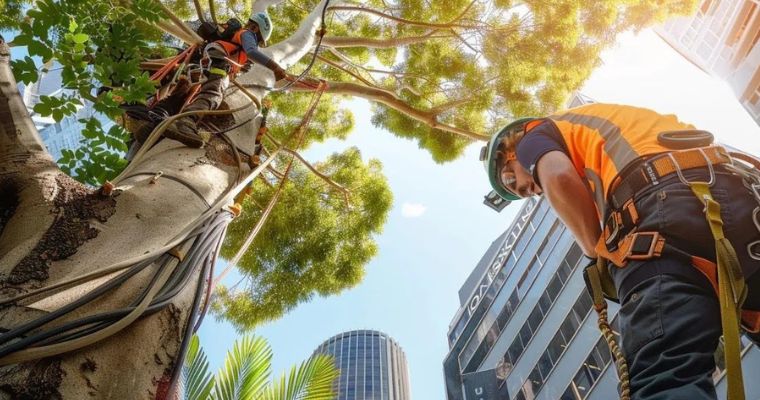
How Is Professional Tree Removal Conducted Safely in Sydney?
Tree removal is planned meticulously to minimise risks. Arborists perform thorough risk assessments to identify hazards like proximity to structures or power lines. They strategically prune branches to control a tree’s fall and then dismantle the trunk systematically using specialised tools. Safety protocols and communication among the team, along with coordination with local councils, ensure that removals occur smoothly and with minimal impact on the surroundings.
What Are the Benefits of Tree Pruning and Crown Management?
Regular tree pruning removes dead and diseased limbs, which reduces the risk of falling branches and enhances overall tree health. It also improves air circulation and light penetration, boosting the tree’s ability to photosynthesise efficiently. Effective crown management prevents disease spread and maintains a balanced structure, which is crucial for trees in high-wind urban environments. These aesthetic and functional improvements can also enhance property values.
When Is Stump Grinding Necessary and How Is It Done?
After tree removal, stump grinding is used to eliminate unsightly stumps that can pose tripping hazards or impede new growth. Arborists use powerful stump grinders to reduce the stump below ground level, which not only improves appearance but also prepares the area for replanting or development. This process minimises yard waste and helps maintain a tidy landscape.
How Do Tree Health Assessments Identify Diseases and Risks?
During tree health assessments, arborists inspect the canopy, trunk, and root system for signs of decay, pest infestations, and structural weaknesses. They use visual inspections and sometimes core sampling to detect diseases like fungal infections or bacterial decay. The results are compiled into a report recommending actions such as selective pruning, chemical treatments, or, when necessary, tree removal. Early detection of issues minimises risks to the tree and surrounding property.
What Emergency Tree Services Are Available After Storm Damage?
Following a storm, emergency tree services aim to quickly remove or stabilise hazardous trees and branches. Arborists assess stability and remove dangerous limbs promptly to prevent injuries and further property damage. These services may also include stump grinding and debris clearance, helping to restore safety and begin landscape rehabilitation as soon as possible.
How Does Tree Planting Support Sydney’s Urban Environment?
Tree planting enhances biodiversity, reduces air pollution, and mitigates the urban heat island effect. Arborists carefully select species suited to Sydney’s climate and soil conditions, ensuring proper spacing and adequate care during the planting process. Beyond aesthetic improvements, new trees improve water retention and create green corridors, which are vital for maintaining a balanced, sustainable urban environment.
Do You Need a Permit for Tree Removal in Sydney?
Local councils regulate tree removal to protect heritage species and maintain environmental balance. Permits are often required, especially for protected trees or removals related to significant property developments. The permit process involves submitting assessments, photographs, and a detailed justification. Working with certified arborists familiar with local regulations can help streamline the process and ensure compliance with council requirements.
What Are Sydney’s Local Council Regulations for Tree Removal?
Regulations vary by council but generally require that property owners submit an application including a tree health report, photos, and clear justification for the removal. For heritage-listed or significant trees, the process is more stringent, sometimes necessitating replacement planting mandates. Compliance ensures that removals are conducted responsibly and sustainably.
How Can Sydney Tree Experts Assist With Permit Applications?
Certified arborists support property owners by conducting preliminary assessments and preparing comprehensive reports that detail tree condition and risks. They communicate with local councils and ensure that all necessary documentation is complete and accurate, expediting the approval process and reducing the risk of legal complications.
Which Tree Species Require Special Permits or Considerations?
Certain species, including native types like the Sydney Blue Gum and various Eucalyptus, are protected due to their ecological and cultural significance. If such trees pose a risk, regulations may require property owners to replant or follow strict management plans to offset removal. Arborists can advise on these special requirements to ensure that removals and any subsequent actions comply with local laws.
How Can You Identify and Treat Tree Diseases in Sydney?
Tree diseases in Sydney can rapidly spread if left untreated. Arborists perform visual and diagnostic tests to detect symptoms such as discolouration, leaf drop, and mildew. Once a disease is identified, treatments may include removing affected branches, applying fungicides or bactericides, and making adjustments to tree care practices to reduce stress. Regular assessments help catch issues early, ensuring that trees remain healthy and minimising the risk of widespread infection.
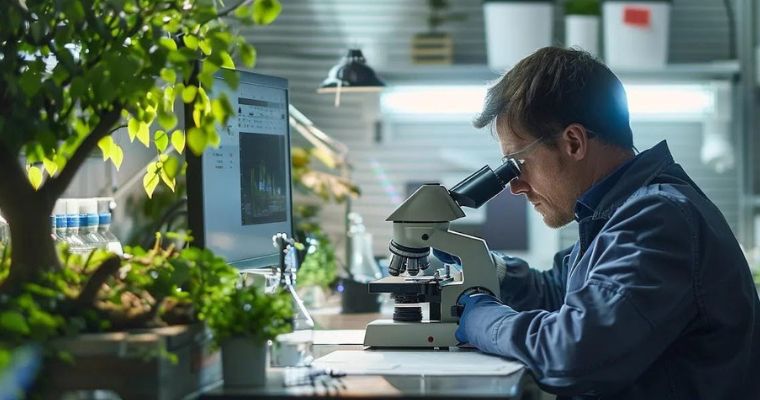
What Are Common Tree Diseases Affecting Sydney’s Eucalyptus and Jacaranda?
Common issues include fungal infections, bacterial cankers, and pest-related problems. Eucalyptus trees may suffer rapid decline from fungal attacks, while Jacarandas can experience leaf spots and defoliation. Arborists diagnose these issues through careful observation and testing, then recommend targeted treatments like pruning or chemical applications to preserve tree health.
How Do Certified Arborists Diagnose and Manage Tree Pests?
Arborists use both visual inspections and sample analyses to identify pests such as borers, aphids, or scale insects. Once identified, they implement integrated pest management strategies that combine biological controls, limited pesticide use, and cultural practices to minimise pest habitat. Regular monitoring helps adjust these strategies over time to maintain ecological balance.
What Preventative Tree Care Practices Promote Long-Term Health?
Routine maintenance is key to preventing disease and pest infestations. Regular pruning, proper mulching to conserve soil moisture and regulate temperature, and periodic fertilisation help maintain strong root systems and overall vitality. Tailored care plans based on site-specific conditions ensure sustained tree health and a safer urban environment.
Why Is Sustainable Tree Care Important for Sydney’s Environment?
Sustainable tree care minimises environmental impact while supporting urban biodiversity. With rapid urbanisation, maintaining a healthy tree canopy is critical to combat air pollution, soil erosion, and excessive urban heat. Sustainable practices—from organic fertilisation to eco-friendly pest management—not only preserve the natural environment but also support long-term community well-being.
How Do Arborists Practice Environmentally Responsible Tree Services?
Arborists use sustainable methods that limit chemical use and encourage natural growth. They opt for biodegradable materials for debris management and recommend organic treatments and integrated pest management. By selecting native species for planting and planning removals to minimise disruption, they reduce the overall carbon footprint of tree care operations.
What Role Do Tree Planting and Preservation Play in Urban Sustainability?
Tree planting and preservation work hand-in-hand to improve air quality, provide shade, and create wildlife habitats. New plantings help offset removals and expand green areas, while retaining mature trees supports established ecosystems. Together, these practices strengthen urban resilience against climate change and enhance the quality of life for residents.
How Does Climate Change Impact Tree Health in Sydney?
Shifting rainfall patterns, higher temperatures, and more frequent extreme weather events stress urban trees. These conditions can lead to water shortages, increased pests, and soil degradation. Arborists adapt care practices by selecting drought-resistant species and utilising innovative irrigation techniques to help trees cope with these challenges, ensuring continued environmental benefits such as cooling and carbon sequestration.
How to Choose the Best Arborist Services in Sydney?
Choosing the right arborist involves considering their certifications, experience, and customer feedback. Look for professionals accredited by the International Society of Arboriculture (ISA) and those with proven track records in urban forestry. Reviews and case studies offer insights into their effectiveness, safety protocols, and ability to handle local challenges. Transparent communication, detailed quotes, and clear maintenance plans are key indicators of a reliable service.
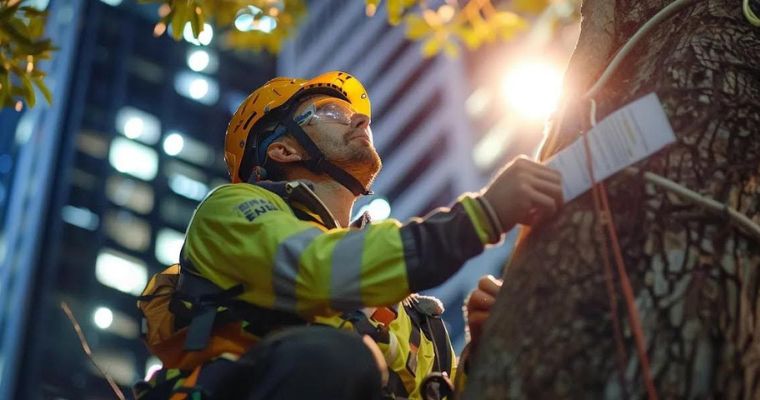
What Qualifications and Certifications Should Sydney Arborists Have?
Sydney arborists should be certified by recognised bodies such as the ISA. State-specific licenses and specialised training in emergency tree services further indicate competence. Verified experience through past projects and positive customer references is essential in ensuring that the arborist adheres to both safety and environmental standards.
How Do Customer Reviews and Case Studies Reflect Service Quality?
Detailed testimonials and documented case studies provide evidence of an arborist’s performance. They reveal how effectively the service managed tree removals, pruning, and emergencies, reflecting professional expertise and responsiveness to regulatory challenges. Prospective clients can rely on this feedback to choose a provider that meets high standards for tree care.
What Questions Should You Ask Before Hiring an Arborist?
Before hiring, ask about the methods used for tree assessments, pruning, and removal; inquire about safety protocols, insurance coverage, and team qualifications. Request a written estimate breaking down costs and timelines, and ask for examples of past work similar to the trees on your property. A thorough discussion will help ensure that the arborist’s approach aligns with your needs and local regulations.
Final Thoughts
Arborist services in Sydney are essential for maintaining a safe, healthy, and sustainable urban forest. Professional tree care—from routine maintenance to emergency services—enhances property aesthetics and supports environmental well-being. With certified and environmentally responsible arborists, residents and businesses can safeguard Sydney’s natural assets while contributing to a vibrant, sustainable community.
Answers to Your Common Questions
YOU MIGHT ALSO BE INTERESTED IN

Arborist Services Sydney: Expert Tree Care, Removal, and Maintenance Solutions
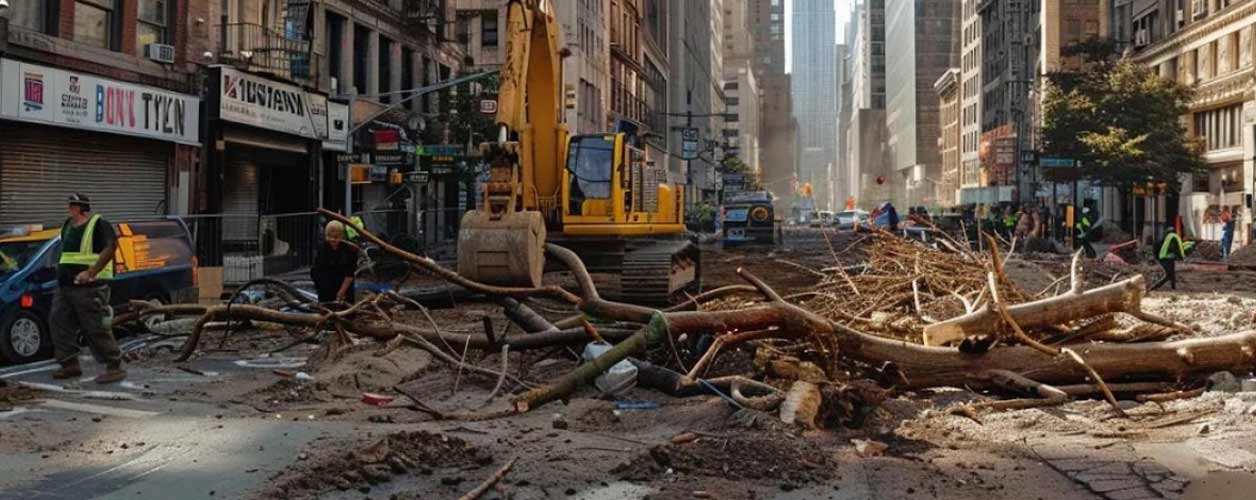
Emergency Tree Removal Melbourne: Fast, Safe, and Professional Services for Urgent Tree Hazards
